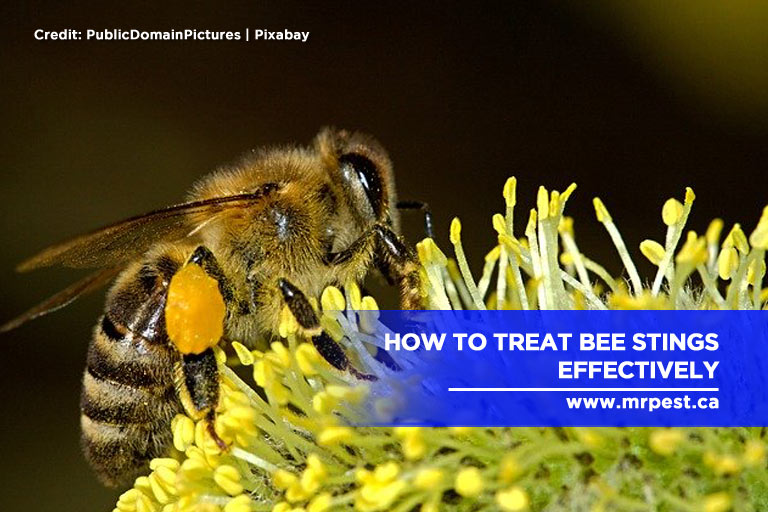Getting stung by a bee is not an everyday occurrence for the average person. However, that doesn’t mean there is absolutely no chance of you getting stung. Whether you’ve had a friend or a relative share their experience or are simply afraid of getting stung, you can take precautionary measures to avoid it or be prepared in case it does happen.
If you found a bee in your home or are going on an outdoor adventure, it’s best to know exactly what to do if a bee stings you.
Why Bees Sting
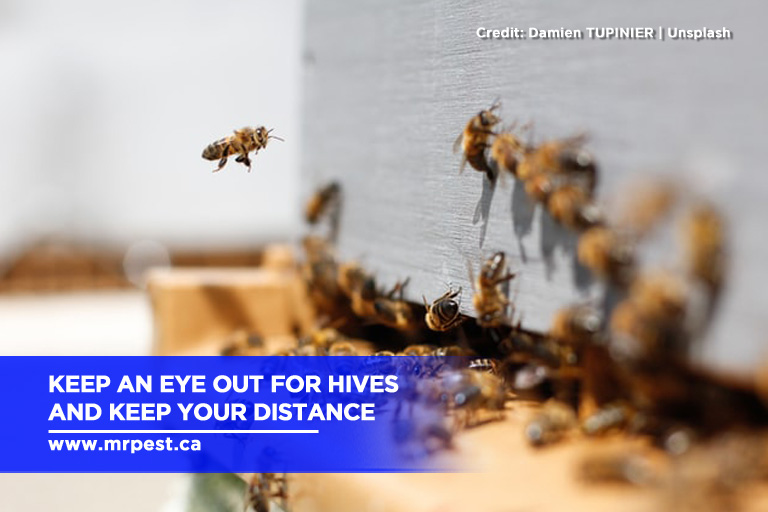
Bees play an important part in nature and the ecosystem. They are a large part of the reason why the world is filled with different types of flowers, fruits, and vegetation. Bees also produce honey, which is a major food item in many parts of the world. For such tiny insects, bees have a huge impact on the lives of plants, animals, and people.
However, as important as they are to the survival of ecosystems everywhere, bees can pose a threat — especially to those allergic to their sting.
Why do they sting in the first place?
- They See You as a Threat
It is possible for bees to feel threatened by your presence. They are extremely protective of their hive. If you are too close to their home, they might see you as a threat and will sacrifice their lives to keep their hive and their queen safe.
If you like watching bees, be careful. While there is nothing wrong with observing them as they go about their day, you have to remember to keep a respectful distance.
- You Might Be Hurting Them
Another reason why bees sting is if you hurt them. If you are in your garden with bees nearby, it is possible for you to hurt them by accident. You might hit them with a hand, bump into a flower they’re sitting on, or step on them. This will cause them to lash out and sting you.
Bee stings occur because it is their defence mechanism and it is their way to protect themselves, as well as their colony. It is their last resort, and as such, you will be hard-pressed to find a bee who stings people at random.
You see, their barbed stinger is attached to their abdomen. When a bee stings, the stinger is embedded into the target and gets stuck. If it detaches itself from the target, it leaves a part of its abdomen, the venom sac, which continues to pump venom into its target. The bee dies as a result.
Avoiding a bee sting is as simple as keeping a far enough distance. If you’re outside, look out for their hives or individual bees looking for food and stay away. If one finds itself in your house or room, simply open a door or window. Chances are, it’s as happy to get away from you as you are from it. Otherwise, you need to learn how to deal with bee stings using a home remedy.
How to Treat Bee Stings Effectively
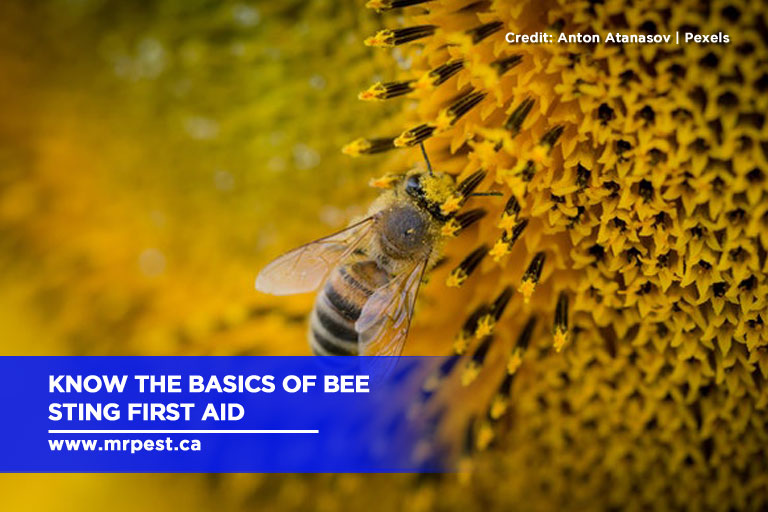
In the event that you or someone you know gets stung by a bee, it’s important to be prepared. Knowing exactly what to do can help you save someone’s life or even your own.
Bee stings need first aid treatment; here are a few tips to help you go through the ordeal virtually unscathed:
- Stay Calm
The first step is to remain calm. We understand that you might be in pain at the moment and are not in complete control of yourself, but it’s important to keep a clear head.
If you’ve run into a hive and are attacked by a swarm of bees, keep your arms close to you and avoid swinging them around. Flailing and trying to swat at them will only agitate the bees more.
- Walk Away
Don’t run. Walk away as calmly as you can from your attackers. It will lower the chance of their pursuing you and will allow you to avoid further stings.
- Remove the Stinger
Once you have walked away from the scene, remove the stinger as soon as you can. When a bee has delivered its sting, its barbed stinger, along with the venom sac, remains in your skin. It will continue to release venom for as long as 10 minutes even after the bee has detached itself.
To remove the stinger, scrape it off using your fingernail. Do not use tweezers to avoid squeezing more venom into your body.
- Wash with Soap and Water
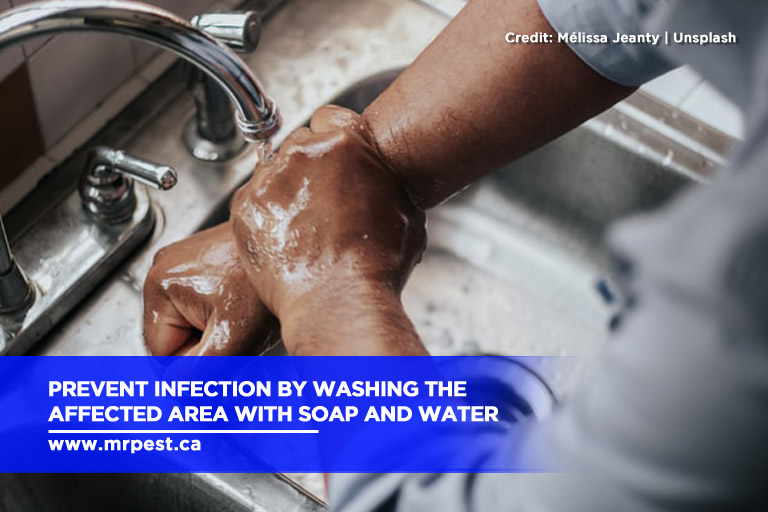
Wash the stung area with soap and water. Doing this will help you avoid any infection.
- Apply Ice
Applying ice to the affected area can reduce swelling from bee stings. Just remember to not apply the ice right on your skin. Wrap the ice in a cloth, such as a towel or use an ice pack. It will help relieve the pain.
- Take Medicine When Needed
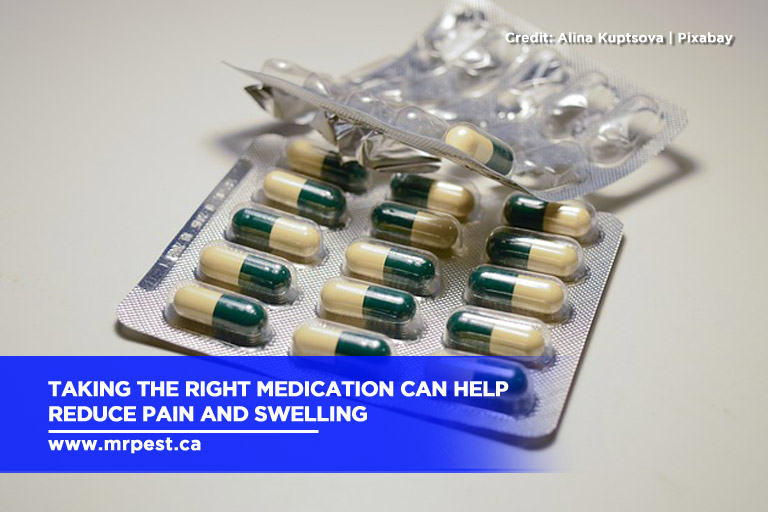
Take an over-the-counter pain reliever to minimize the pain and reduce inflammation. Medicines like ibuprofen can help with the pain while antihistamines can address the swelling.
- Apply Cream
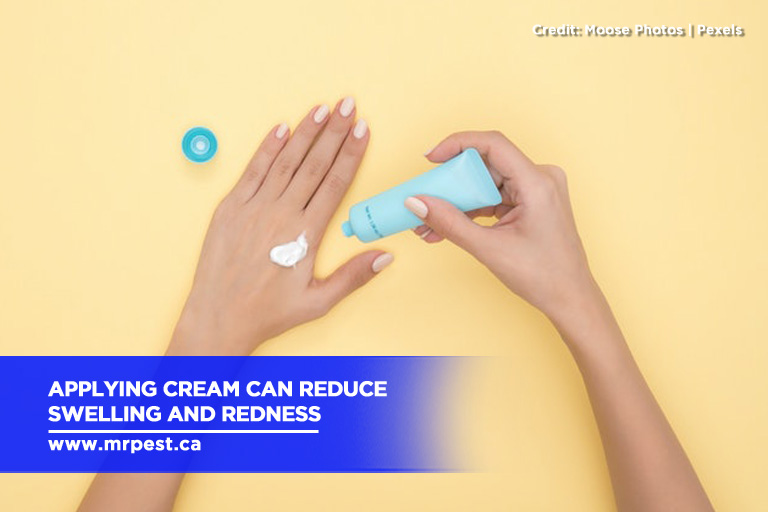
Apply a topical medication, like hydrocortisone cream, on the affected area to further reduce swelling and redness. This also decreases itchiness to stop you from scratching. Scratching the area will aggravate the problem and must be avoided.
- Seek Medical Assistance
If you are allergic to bee stings, seek medical assistance immediately. If you have been prescribed for an allergic reaction, use it as soon as possible. Make sure to carefully follow the instructions.
While the pain may take a while to subside, there is no need to worry. It will pass. The pain typically disappears within a few hours. The swelling might take a few days to recede, but if you’ve followed the steps (and sought medical attention when necessary), it will take no more than a few days to fully recover.
Getting stung by a bee doesn’t have to be an extremely terrible experience. That is why it is important to prepare yourself and know how to remedy bee stings. However, it’s important to remember that bees play a vital role in the ecosystem and food production and should be treated with respect.
If you found a beehive in your property, do not attempt to remove it yourself. Contact professional pest control services.
Mr. Pest Control offers safe and effective bee pest control services. We use environmentally friendly products and methods to keep you (and the bees) safe. Call us at (705) 739-7378 or visit our contact page where you can send us a message.

